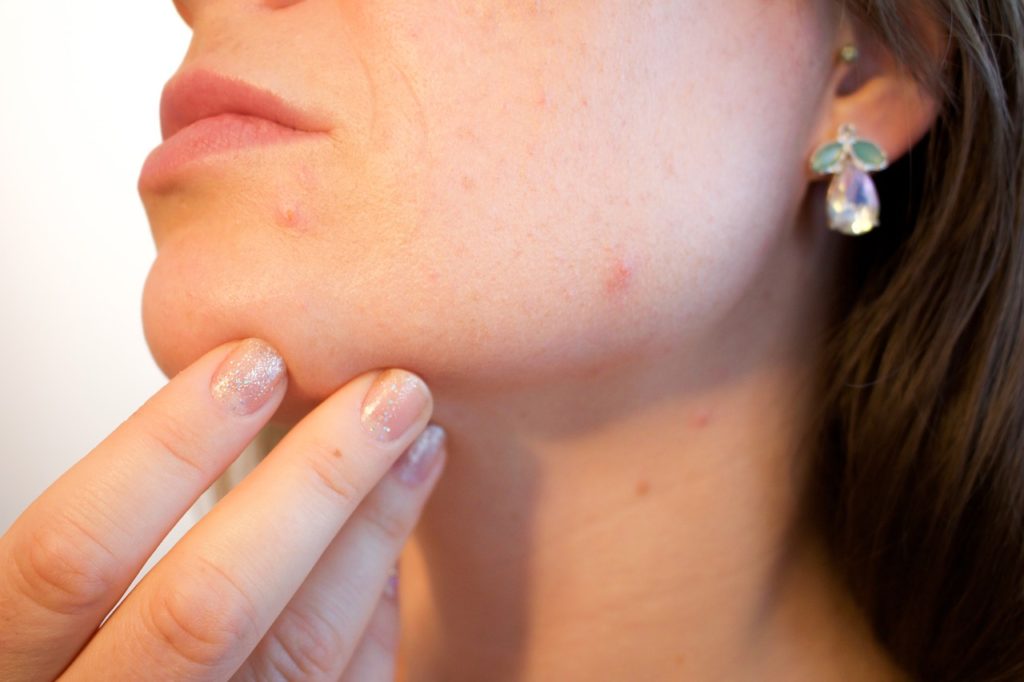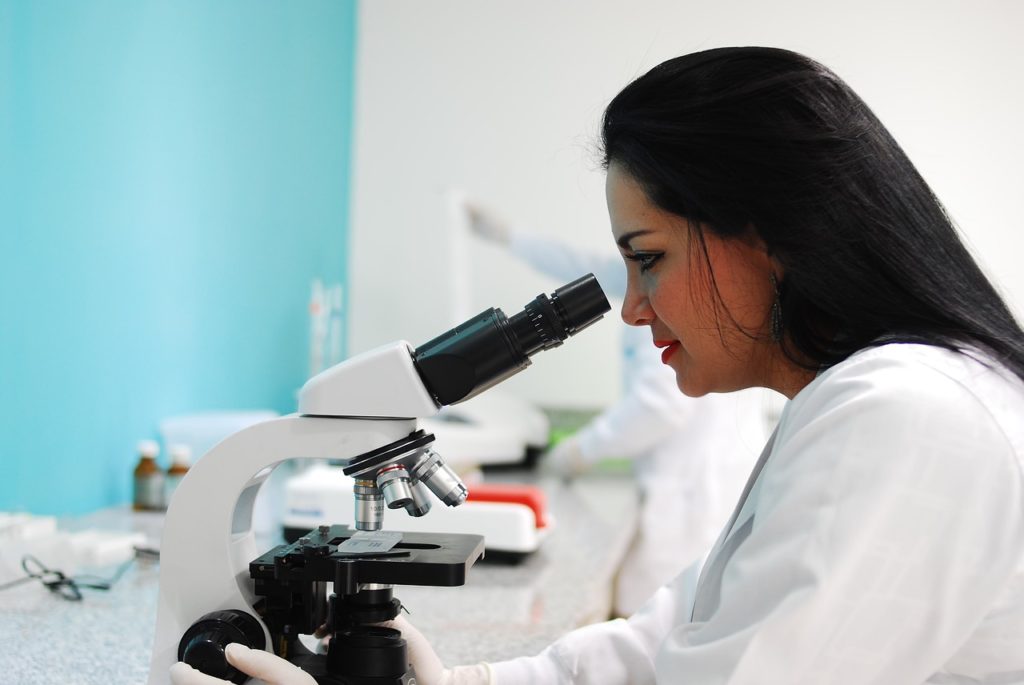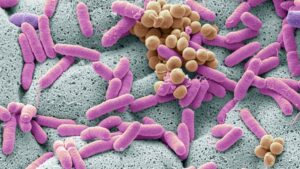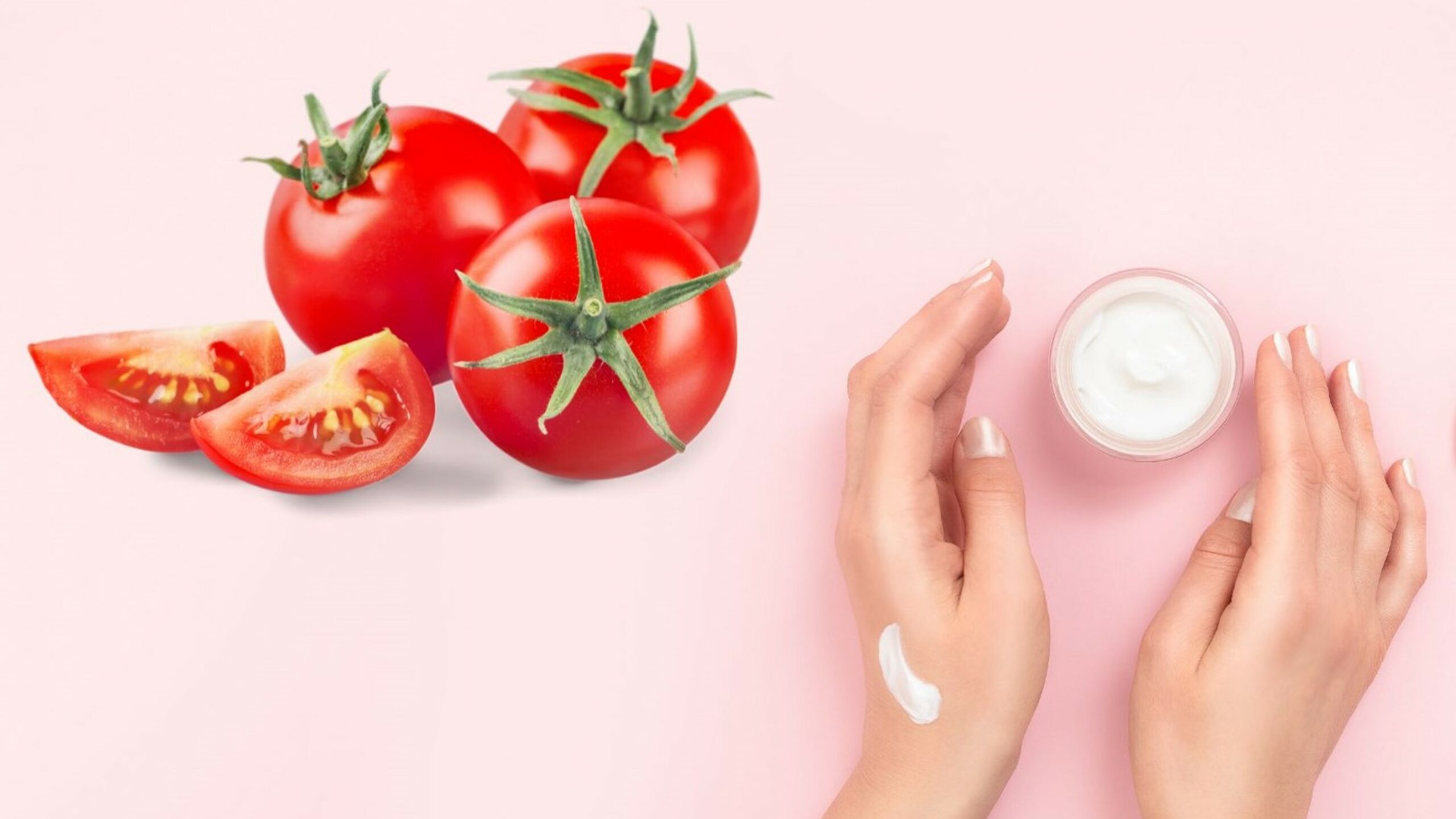These last years, many scientific studies, seek to better identify and to better understand the multiple and essential functions of the microbiome.
The microbiome surprises us by its complexity, and especially how its fine balance is essential to our overall health but also to that of our skin.
Microbiome can not be ignored anymore!
For many years, animal models, like mice, have been used to investigate and to understand the biological mechanisms that animate life or why they become unbalanced during illness.
In fact, until now, these mouse models were used in aseptic environments, ignoring what is now compared to a full-fledged organ, the microbiome.

Recents studies demonstrate that the mice nursed in laboratories, have an unstable microbiome, which can be influenced by parameters like for example, the water that the animals drink.
NIH researchers, at the origin of these observations, show the stability brought by the contribution of a wild microbiome.
Furthermore, the use of animals with a “wild” microbiome, ie close to that observed in nature, will certainly make it possible to better transpose the results obtained to humans.

Skin microbiome impacts epidermal responses
Skin possesses it own complex microbiome. It makes the interface between our skin and the environnement, like a sort of envelope.
It can be impacted by many factors (environmental factors, pollution, radiations, diet, cosmetics, stress… ), but also, it can, itself influences biological responses.
Its imbalance, including a loss of diversity, is observed in various skin disorders, including, psoriasis, atopic dermatis, dandruff, acne vulagris, rosacea…

Recent work by Patra et al has examined the effects of the skin microbiome on UV-induced cellular and immune responses.
The results of this study are quite surprising.
This study put forward several points:
- Skin microbiome influences the UV-induced epidermal and immune responses.
- UV induces differential expression of interleukines in germ-free mice versus mice with a specific pathogen free microbiome (SPF mice).
- Skin microbiome diminishes UV-induced immune suppression to contact allergen such as dinitrofluorobenzene (DNFB)
- and more…
These results suggest that it will be very interesting in the futur to work with experimental models such as 3D reconstructed skin or explants including a complexe microbiome.
But today, the questions are:
What is a complex microbiome, since each individual has its own specific microbiome?
How to integrate and mimic the effects of the skin microbiome in these in vitro or ex vivo models while avoiding the problems of contaminations?
Is it possible to integrate an inactivated skin microbiota?
Can we draw inspiration from what is done in the intestinal models?

This more global approach will allow us to consider the main factors that can influence the health of the skin, its physiological responses and to get closer to what is really happening at human skin level.
References
“Wildling” mice could help translate results in animal models to results in humans.
Patra V, Wagner K, Arulampalam V, Wolf P.
Skin Microbiome Modulates the Effect of Ultraviolet Radiation on Cellular Response and Immune Function.
iScience. 2019 May 31;15:211-222. doi: 10.1016/j.isci.2019.04.026. Epub 2019 Apr 26.



